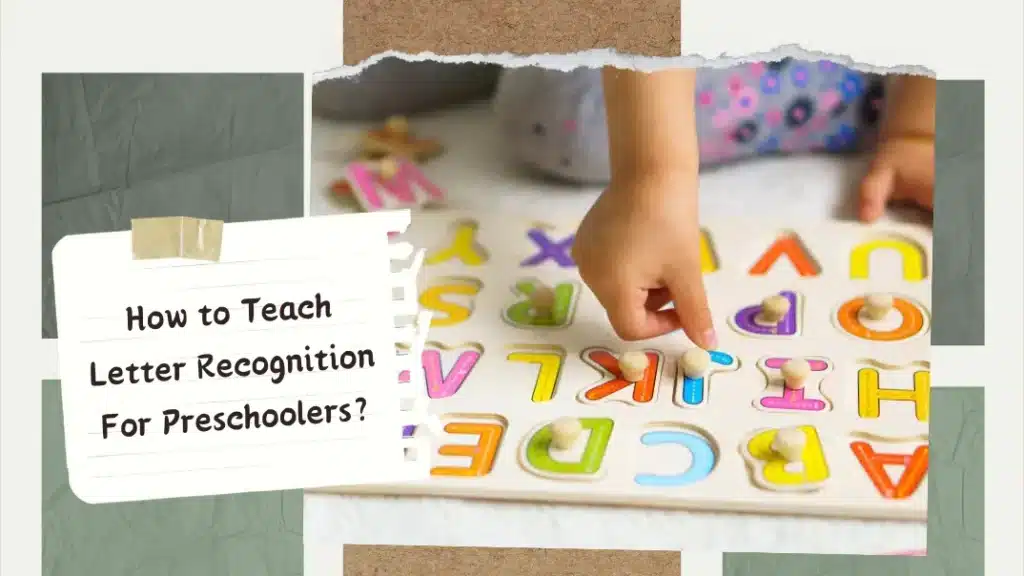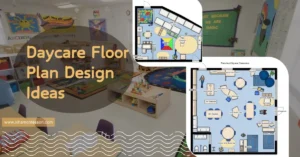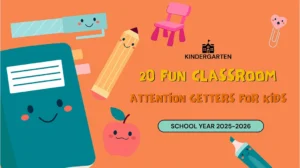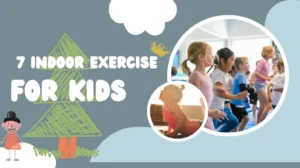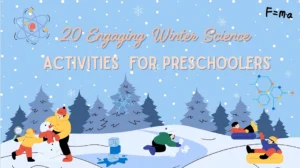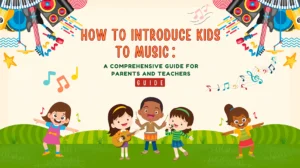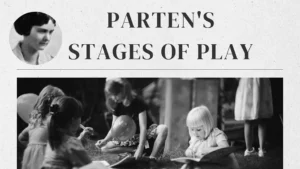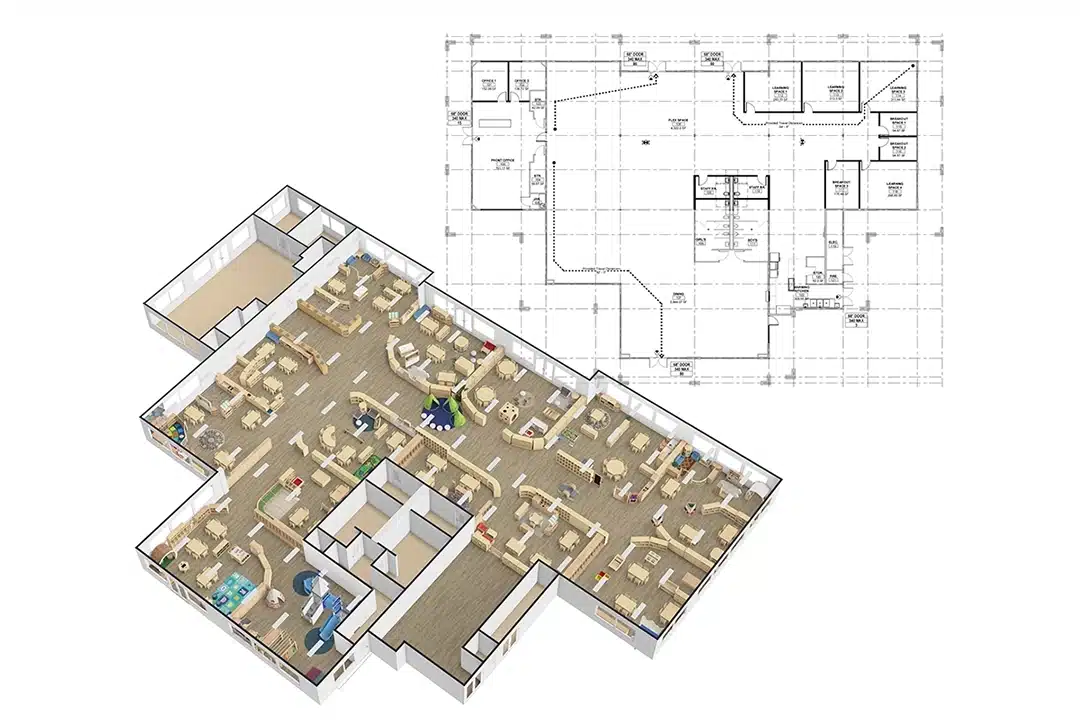How do you make letter recognition fun and engaging for preschoolers? Is it possible to teach children to recognize letters before they even learn to write? What strategies are best for keeping their attention while developing important literacy skills?
Teaching letter recognition to preschoolers is one of the most important steps in preparing them for reading and writing. A strong foundation in letter recognition helps children decode words, recognize their names, and eventually progress to more complex reading tasks. However, learning letters doesn’t have to be a boring or tedious task. There are numerous fun and interactive ways to teach preschoolers letter recognition, which can make the process both enjoyable and effective.
Every parent and educator wants to see their little learners succeed, and mastering the alphabet is an important step toward building lifelong literacy skills. Let’s break down the best methods for teaching letter recognition!
What is Letter Recognition?
Letter recognition is the ability to identify both uppercase and lowercase letters and understand their corresponding sounds. This is a foundational skill for young children, as it provides the building blocks for letter sound recognition and early reading skills. When children can easily recognize letters, they start forming the links between letters and sounds, a critical aspect of letter and sound recognition.
Incorporating alphabet letter recognition activities into daily routines can significantly boost a child’s ability to identify and recall these letters in various contexts, further enhancing their literacy skills.

Why is Letter Recognition Important for Preschoolers?
Letter recognition is one of the most significant early literacy skills a child can develop. Here are a few reasons why it’s essential:
- Cognitive Development: Understanding letters enhances memory, pattern recognition, and problem-solving skills.
- Language Development: Early letter recognition helps children connect spoken language with written forms.
- Reading Foundation: Mastering letter recognition sets the stage for phonics, spelling, and reading fluency.
- Confidence Boost: Children who are proficient in recognizing letters feel more confident as they begin reading.
By providing children with strong letter recognition skills, you help them take the first step toward becoming confident readers and writers.
Letter Recognition Skills
To successfully recognize letters, children need to develop several key skills. These abilities will help children identify, distinguish, and recall letters.
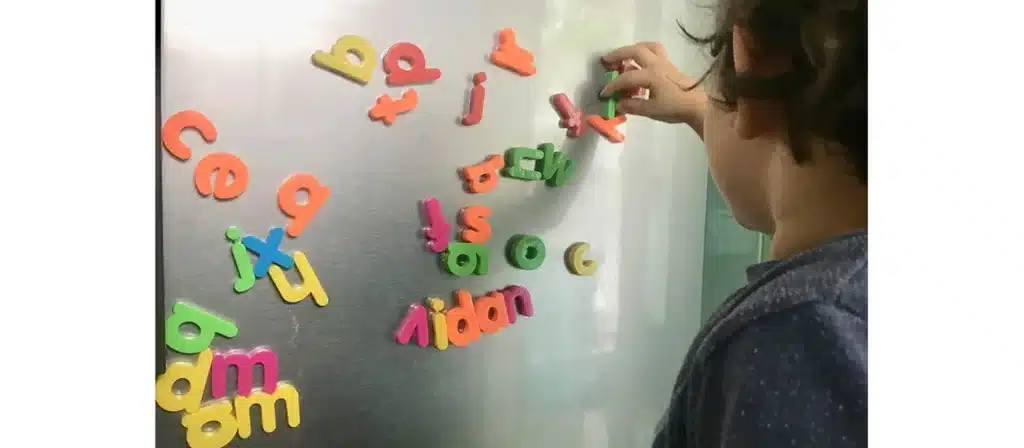
Visual Perception
Visual perception is the ability to see, differentiate, and recall shapes, patterns, and objects. For letter recognition, this means being able to recognize the distinct features of each letter, such as the straight line of the letter “L” or the curves of the letter “S.” Children develop this skill gradually as they are exposed to different letters in various forms.
Auditory Perception
Auditory perception is the ability to hear and identify sounds. This skill helps children understand that each letter has a sound. Although it’s not directly related to recognizing a letter’s visual form, auditory perception is closely tied to phonics and reading development.
Visual-Motor Skills
Visual-motor skills involve the coordination of visual input with motor output. In the context of letter recognition, this means that children can see a letter and replicate it with their hands by writing or tracing it. Fine motor skills help children with writing letters and connecting their visual recognition of letters to written expression.
Memory
Memory is essential for children to recall and retain the names and shapes of letters. Practice and repetition are key in helping children remember each letter and how to identify it. Games and interactive activities can help improve a child’s memory in a fun and engaging way.

How to Teach Letter Recognition?
Teaching letter recognition involves several strategic steps. Here are practical tips and methods for effectively teaching letter recognition to preschoolers.
1. Alphabet Order
Start by introducing the alphabet in its correct order. While it’s important for children to recognize individual letters, understanding the alphabetical order helps them make sense of how letters fit together in words. Songs and alphabet charts can be helpful visual tools for this purpose.
2. Uppercase and Lowercase Letters
Many children start by learning uppercase letters. These are often easier to recognize because they are larger and more distinct in appearance. Once they master uppercase letters, move on to teaching lowercase letters. It’s important to teach both sets together, as children will encounter both forms of letters regularly in reading and writing.
3. Repeat and Reinforce
Repetition is key to helping preschoolers retain letter recognition. Revisit the letters frequently, incorporate them into different activities, and make learning part of your daily routine. The more exposure they get, the more comfortable they will become with recognizing letters.
4. Teach Easily Confused Letters One at a Time
Letters like “b” and “d” or “p” and “q” are often confusing for young learners. It’s best to teach these letters separately, allowing children to master each one before moving on to similar-looking letters. Use visual cues, such as “b” for “belly” and “d” for “door,” to help differentiate the two.
5. Introduce Letters in Your Child’s Name
Children are more likely to remember letters that appear in their own name. Start by teaching the letters in your child’s name before moving on to the rest of the alphabet. This will make the learning process more personal and meaningful to them.
6. Multisensory Approach
Incorporate various sensory activities to teach letter recognition. For example, you can have your child trace letters with their fingers in sand or on textured paper. You can also use Play-Doh or other tactile materials to form letters. A multisensory approach engages different parts of the brain and helps children reinforce their learning through touch, sight, and sound.
7. Use Games
Games are an excellent way to make letter recognition fun and interactive. Letter matching games, alphabet puzzles, and memory card games help children engage with letters while playing. The more enjoyable the activity, the more likely your child will want to continue learning.

How to Teach Letter Recognition to Struggling Students
For children who are struggling with letter recognition, consider the following interventions and strategies to support their learning:
- Provide Extra Practice: For a child struggling with letter recognition, offer additional practice through letter recognition worksheets or flashcards. Repetition and consistent exposure are key.
- Break It Down: Focus on one letter at a time to prevent overwhelming the child. Break down complex letters into smaller components, such as identifying straight versus curved lines in letters like “P” and “R.”
- Use Positive Reinforcement: Celebrate small wins and provide encouragement. Positive reinforcement can motivate a child to continue practicing and improve their confidence.
- Engage in Letter Sound Recognition: Pair letter recognition with letter sound recognition to reinforce their understanding. Activities like singing the letter’s name and sound together can be very effective.
- Incorporate Interactive Letter Recognition Games: Games that focus on letter recognition allow children to practice in a fun, low-pressure environment. Kindergarten letter recognition games can be a helpful tool for children who need extra support.
- Use Visual Aids: Visual supports like charts, flashcards, and interactive activities can assist children in better recognizing letters. Consider kindergarten letter recognition worksheets or activities for letter recognition for preschoolers to introduce new concepts.

Use Tools to Develop Letter Recognition Skills
One of the most effective ways to teach letter recognition is using hands-on tools that engage different senses. These tools allow preschoolers to interact with letters in various ways, making learning more tangible and enjoyable. Here are some of the best tools to develop letter recognition skills:
1. Letter Recognition Worksheets
Letter recognition worksheets are a great way to reinforce learning in a structured way. These worksheets often involve tracing, coloring, or matching letters, which gives children a chance to practice both recognizing and writing letters. The more a child practices, the stronger their letter recognition skills will become.
You can find preschool letter recognition worksheets online or create your own. Worksheets that include matching uppercase and lowercase letters or identifying the first letter of common words are especially helpful in reinforcing alphabet letter recognition.
2. Flashcards
Flashcards are another highly effective tool. They offer a quick and interactive way to introduce new letters. You can find sets of flashcards that include both letters and images, helping children associate letters with familiar objects or animals (e.g., “A” for apple). You can also create a letter recognition game by laying the flashcards out and encouraging your child to match the letters with their corresponding objects.
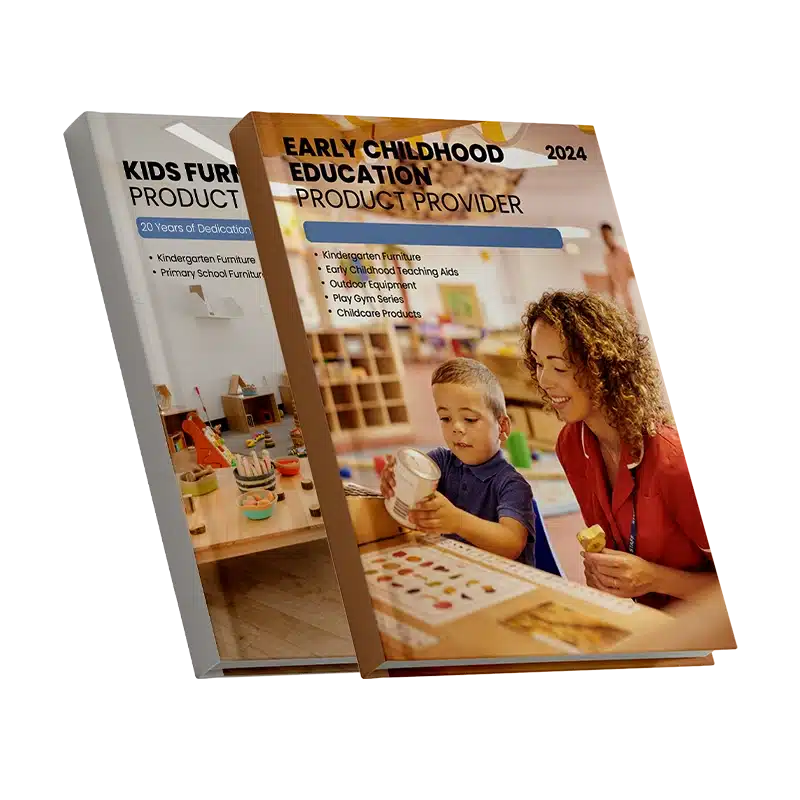
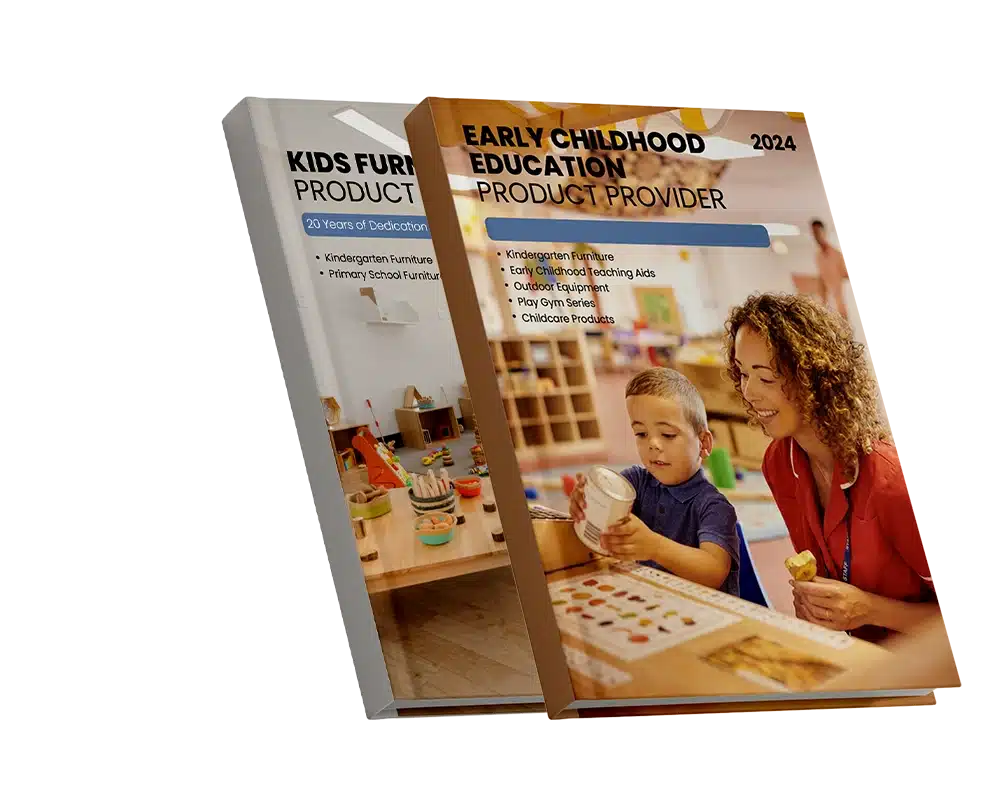
3. Magnetic Letters
Magnetic letters can be placed on a refrigerator or magnetic board. These allow children to practice letter formation, both visually and tactically. Your child can move the letters around, spell simple words, or match them to other magnetic items. This tactile experience makes learning alphabet letter recognition fun and hands-on.
4. Whiteboard
A whiteboard is an excellent tool for practicing letter recognition. You can write a letter, then ask your child to copy it, helping them work on both recognition and fine motor skills. Additionally, drawing letters on a whiteboard with markers or dry-erase crayons encourages creativity and reinforces recognition.
5. Crayons, Playdough, and Other Craft Materials
Using crayons, playdough, and other craft supplies allows children to form letters and reinforce their learning. For example, you can have your child trace letters with crayons on paper, mold letters using playdough, or use string to trace letters on paper. These hands-on activities enhance both visual and motor learning while making letter recognition activities for preschoolers fun and creative.
7 Preschoolers Letter Recognition Activities
Learning letter recognition through play is a fantastic way to help preschoolers familiarize themselves with the alphabet while also having fun. Here are seven detailed activities that not only teach children to recognize letters but also encourage them to engage their senses, creativity, and problem-solving skills. These activities are perfect for children aged 3 to 5 and can be easily adapted to different developmental stages.
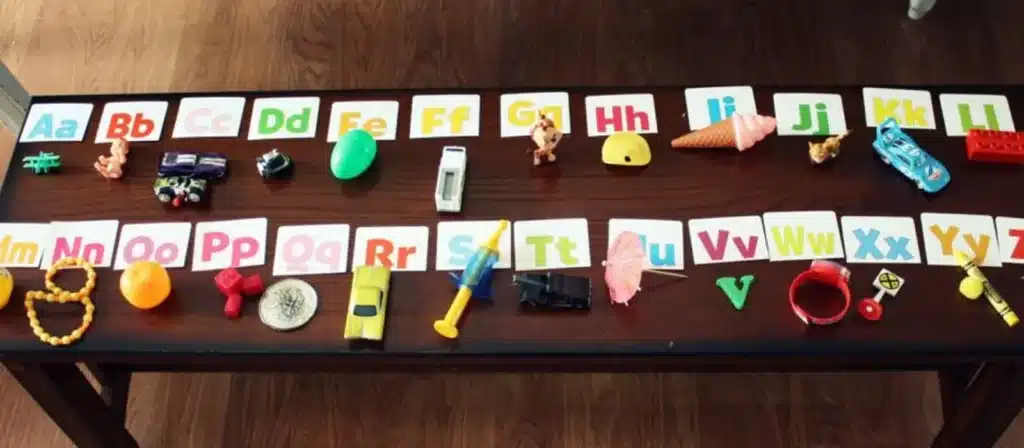
1. Letter Scavenger Hunt
A letter scavenger hunt is a highly interactive and engaging activity for preschoolers. It encourages them to actively search for letters and reinforces letter recognition in a fun, hands-on way.
How to Set It Up:
- Choose a specific letter or a series you want your child to practice. For example, you could pick the letter “B” for the first round.
- Hide objects around the house or garden that start with the target letter. For instance, for “B,” you could hide a ball, a book, a banana, and a button.
- As your child finds each object, ask them to identify the corresponding letter. You can also ask them to say the word aloud and repeat the letter sound to strengthen the connection.
Why It Works:
This activity helps children with alphabet letter recognition and connects the letters to their corresponding sounds and objects in the real world. It’s a wonderful activity for building both visual and auditory recognition skills. It also helps children develop problem-solving and memory skills, as they need to remember where certain letters are hidden and associate them with objects.

2. Alphabet Song with Gestures
The alphabet song is a classic method for teaching preschoolers the order of letters in a fun and musical way. When combined with gestures, it can further reinforce letter recognition by linking each letter to an action.
How to Set It Up:
- Teach your child the classic alphabet song (A-B-C-D…). This is usually familiar to them, so it can be an easy and enjoyable starting point.
- To make it more interactive, create specific gestures for each letter. For example:
- “A” could be mimed by forming an “A” shape with their arms.
- “B” could involve pretending to bounce a ball.
- “C” could be represented by making a crescent shape with the arms.
- Sing the song together, encouraging your child to do the gestures along with the letter names.
Why It Works:
This activity combines both auditory and kinesthetic learning. As children sing the song, they hear the names of the letters and see them associated with physical actions, which helps to cement the letters in their minds. The repeated exposure to the alphabet in a musical format ensures that children are more likely to remember the order of the letters and their shapes. It’s also a fun way to teach letter recognition, as the song is familiar and easy to remember!
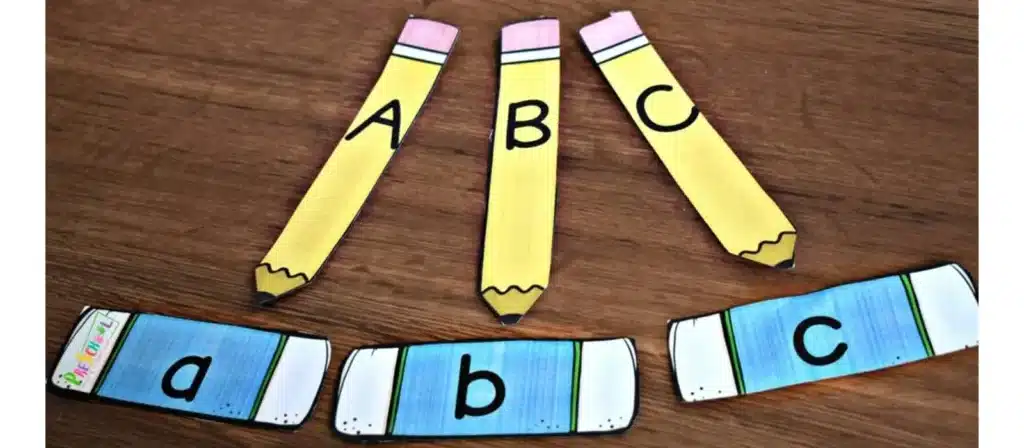
3. Letter Matching Game
A letter-matching game is a simple and highly effective activity to teach preschoolers about uppercase and lowercase letter pairs. This game focuses on strengthening their ability to recognize both versions of each letter and match them correctly.
How to Set It Up:
- Use cards with both uppercase and lowercase letters. You can either buy a pre-made set of cards or make your own by writing letters on index cards.
- Spread the cards out face down on a table or the floor.
- Ask your child to flip two cards at a time, trying to find a match between the uppercase and lowercase versions of the same letter.
- As your child finds a matching pair, encourage them to say the letter aloud and reinforce the connection between the uppercase and lowercase versions of that letter.
Why It Works:
Matching uppercase and lowercase letters is an essential part of letter recognition for preschoolers. This activity helps children grasp the concept that each letter has two forms and strengthens their ability to recognize letters regardless of their case. It’s also a great memory-building game that helps with concentration and visual discrimination skills.

4. Sensory Letter Tracing
Sensory activities are powerful tools for teaching letter recognition because they engage multiple senses at once. Sensory letter tracing allows children to physically trace the shape of letters, reinforcing their visual and motor recognition.
How to Set It Up:
- Choose a sensory material such as sand, rice, shaving cream, or even fabric.
- Spread the material on a tray or use it in a shallow dish, and encourage your child to trace letters with their fingers. You can either have them trace pre-written letters or create letter shapes themselves.
- If you prefer to practice on paper, you can use a tactile material like fabric or textured paper to help children trace the letters.
Why It Works:
This activity engages multiple senses, combining visual perception and motor skills as children trace letters. By feeling the shape of the letter under their fingers, children start to internalize the letter’s shape and its visual representation. This multisensory approach helps children who may struggle with just looking at letters, providing a more engaging and kinesthetic learning experience.

5. Letter Sorting
Letter sorting is a great way for children to recognize and categorize letters based on their different properties, such as uppercase vs. lowercase or vowels vs. consonants. This activity also helps children develop their fine motor skills as they sort and handle the letters.
How to Set It Up:
- Gather a set of magnetic letters, letter tiles, or foam letters.
- Have a set of bins or trays ready for sorting.
- Ask your child to sort the letters into different categories, such as:
- Uppercase and lowercase letters.
- Vowels and consonants.
- Letters with straight lines vs. rounded letters.
- As they sort, encourage them to name the letters and pronounce their sounds.
Why It Works:
Sorting letters helps children practice alphabet letter recognition and reinforces their ability to distinguish between different types of letters. This activity encourages children to think critically about the shapes and sounds of the letters, as well as how to categorize them based on their characteristics. It’s a great way to deepen their understanding of letter forms and their sounds.

6. Letter Bingo
Letter Bingo is an exciting game that builds letter recognition in a highly interactive way. It can be played with a group, making it an ideal activity for both home and classroom settings.
How to Set It Up:
- Prepare Bingo cards with a random assortment of letters. These can be purchased or made by hand, depending on your preference.
- Call out letters one by one, and have your child mark them on their Bingo card.
- Once your child gets a full row, column, or diagonal, they can shout “Bingo!” and win the round.
- You can incorporate letter sounds, too, by saying the sound the letter makes instead of the letter name.
Why It Works:
Letter Bingo reinforces letter recognition for preschoolers through repetition and engagement. By playing with others, children also learn about taking turns and following instructions, all while practicing their letter identification. This game can also be adapted to other literacy concepts, such as letter sound recognition and letter and sound recognition, depending on the child’s stage of learning.
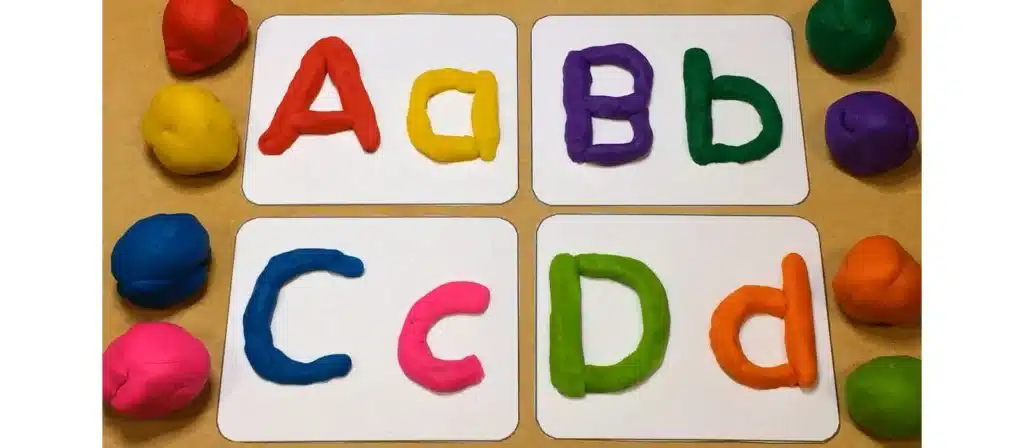
7. Drawing Letters with Playdough
Drawing letters with playdough allows children to explore the shape and structure of letters in a hands-on way. This activity encourages creativity while providing opportunities for children to practice both letter recognition and fine motor skills.
How to Set It Up:
- Roll out some playdough on a flat surface.
- Ask your child to roll the playdough into ropes or sticks and use them to form the shapes of letters. You can provide templates or simply let them create the letters freehand.
- As your child forms the letters, ask them to name each letter and say its sound.
- You can also incorporate more advanced activities, like spelling out simple words with the playdough letters.
Why It Works:
This activity combines creativity and tactile learning, which is great for reinforcing letter recognition. By using playdough to physically form letters, children get a deeper understanding of the shape and structure of each letter. This tactile activity is particularly useful for kinesthetic learners who benefit from physical engagement in the learning process.
This letter recognition activity is great because it provides a multi-sensory experience. The tactile experience of touching different objects helps engage your child’s senses while reinforcing letter names and sounds.

Letter Recognition Milestones at Different Ages
Children develop letter recognition skills at different rates, but there are general milestones that can guide educators and parents in understanding where a child is in their learning journey. Below are the typical milestones for letter recognition at various ages:
1. 3-4 Years: Early Letter Recognition
At this age, preschoolers begin to recognize some letters, especially those in their name. They may show interest in letters and be able to name a few uppercase letters. Early letter recognition is a good time to introduce simple, hands-on activities like matching uppercase letters with pictures or engaging in alphabet-based games.
- Identifying some uppercase letters: Children at this age can often recognize and name a few uppercase letters, particularly those in their name or in familiar surroundings.
- Receptive letter knowledge: Preschoolers might recognize letters when they see them but may not yet be able to write them themselves. For instance, a child might be able to identify “A” when shown but not yet know how to form it.
- Letter-sound association: Children start to make simple associations between letters and their sounds, especially with letters they encounter often (like the first letter of their name).
- Focus on familiar letters: They are particularly good at recognizing letters from their own name, and they often show excitement when they encounter these letters in books, toys, or on signs.
2. 4-5 Years: Developing Letter Knowledge
By this age, children can typically recognize most uppercase letters and some lowercase letters. They may also begin to associate letters with their sounds. Activities like letter recognition worksheets and alphabet recognition games can help reinforce these concepts.
- Recognizing more letters: By the age of 4 to 5, children can typically recognize and name the majority of both uppercase and lowercase letters.
- Letter and sound correspondence: Children start to connect letter shapes with their corresponding sounds more firmly. They can often identify a letter’s sound and match it to the word that begins with that letter.
- Beginning to write letters: Although writing may be in the early stages, children in this age group start trying to write some letters themselves, often with the help of guides or templates.
- Understanding letter order: They begin to understand the concept of alphabetical order, and they might be able to sing the alphabet song correctly without needing prompts.
3. 5-6 Years: Mastering the Alphabet
At this stage, children are usually able to recognize all uppercase and lowercase letters. They can also start to blend sounds and begin sounding out simple words. Kindergarten letter recognition activities will help solidify their understanding of both letter names and sounds.
- Fluent recognition of all letters: Children at this age can usually recognize all 26 letters, both uppercase and lowercase, without assistance.
- Advanced letter-sound recognition: They are able to identify the sounds that correspond to each letter and can often blend simple sounds to form words (such as “c-a-t” for “cat”).
- Writing letters independently: At this stage, many children can write letters independently, sometimes without needing a model, although their handwriting may still be inconsistent.
- Letter blends and word formation: Some children may begin experimenting with spelling and can attempt to spell their name or simple words phonetically (e.g., “kat” for “cat”).
4. 6-7 Years: Beginning to Read Through Letter Recognition
Children in this age group can recognize all the letters in the alphabet and use this knowledge to begin reading simple words. Letter recognition interventions at this stage can focus on reading readiness activities, where children start putting letters together to form words.
- Fluent letter recognition: At this point, children can recognize all 26 letters in both uppercase and lowercase forms without hesitation.
- Reading simple words: With a firm understanding of letter-sound correspondence, children can read simple words and begin sounding out unfamiliar words.
- Recognizing letter patterns: They start to recognize common letter patterns (like “th” or “ing”) and can decode simple syllables.
- Writing independently: Children can independently write their name, simple words, and begin writing short sentences. Their handwriting continues to improve, becoming more legible and consistent.
What Influences the Development of Letter Recognition?
Several factors can influence the speed and success with which a child develops letter recognition skills:
- Exposure to Letters: The more often children see and interact with letters, the quicker they will learn to recognize them. Regularly practicing letter recognition activities for kindergarten can accelerate this process.
- Parental Involvement: Children whose parents are involved in their learning tend to develop letter recognition skills more quickly. Reading together and playing letter-based games at home can have a lasting impact.
- Learning Environment: A positive, supportive environment can significantly affect a child’s learning. If the environment encourages exploration and play, children are more likely to develop letter recognition skills at their own pace.
- Use of Multisensory Techniques: Combining visual, auditory, and tactile learning techniques (e.g., singing, tracing, and hands-on games) can speed up the learning process.
- Individual Differences: Every child develops at their own pace, and some children may need more time to master letter recognition than others. Providing a range of letter recognition games for preschoolers can help struggling learners.
Conclusion
Teaching letter recognition is a crucial first step in early literacy development, and it doesn’t have to be boring or difficult. By using a variety of fun, interactive activities, you can make learning enjoyable for your preschooler while helping them build a strong foundation for future reading and writing skills. Patience, consistency, and creativity will go a long way in ensuring that your child masters letter recognition and is well-prepared for the next stages of their learning journey.
Remember, every child learns at their own pace, so celebrate each small success along the way!
Frequently Asked Questions
- What is the best age to start teaching letter recognition?
The ideal time to start teaching letter recognition is between ages 3 and 4. However, children may be ready at different times, so it’s essential to watch for signs of readiness, such as interest in books and letters. - Can letter recognition be taught before phonics?
Yes, letter recognition is usually taught before phonics. Knowing the names of the letters lays the foundation for learning phonics, which involves associating letters with sounds. - How can I make letter recognition activities more fun?
Use interactive and creative activities such as games, art projects, songs, and sensory bins. The more fun and engaging the activities, the more likely your child will enjoy learning letter recognition. - Should I teach uppercase or lowercase letters first?
It’s typically best to start with uppercase letters, as they are easier to recognize. Once your child is comfortable with uppercase letters, you can begin teaching lowercase letters.

